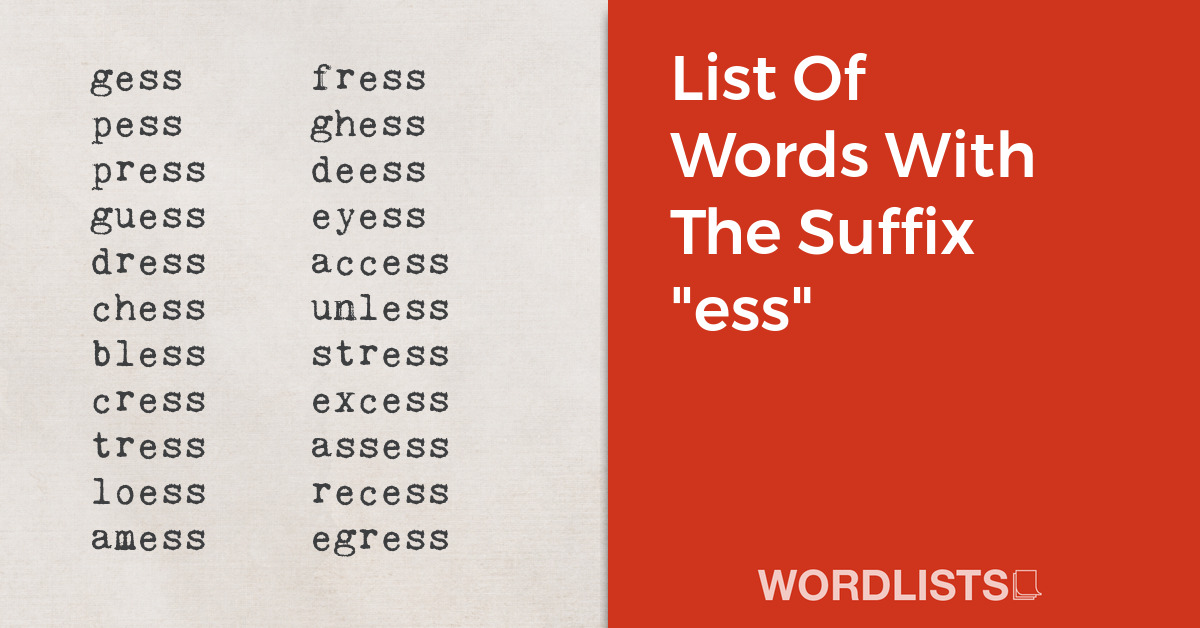Photography is an art form that allows us to capture and preserve memories, moments, and beauty through the lens of a camera. From portraits to landscapes, black and white to color, there are many different styles and techniques in photography.
There are also many words associated with photography that help us describe and understand this medium. From technical terms for different types of cameras and photography equipment to words that describe the artistic and creative aspects of the craft, this list of 50 words will give you a greater appreciation for the art of photography.

Subscribe to our mailing list to receive FREE exclusive content and offers!
50 Words Associated With Photography
Camera: This is a device used to capture images or videos. Cameras work by focusing light onto a sensor which records the image.
Lens: This is a piece of glass or other transparent substance with curved sides for concentrating or dispersing light rays. Lenses are used in cameras to focus light onto the camera’s sensor to create an image.
Aperture: This is the opening in a camera lens through which light enters. It’s adjustable, and controls the amount of light that reaches the image sensor. It’s expressed as f-numbers like f/1.4, f/2, f/2.8 etc.
Shutter: This is a device that opens and closes to expose the image sensor in a camera to light. The shutter speed controls the length of this exposure.
ISO: This is a camera setting that controls the sensitivity of the camera’s sensor to light. A lower ISO value means less sensitivity to light, while a higher ISO value means more sensitivity. Higher ISOs can lead to more image noise, but are useful in low light situations.
Exposure: This refers to how bright or dark an image is. It’s determined by the combination of aperture, shutter speed, and ISO. Correct exposure is achieved when the image is neither too bright (overexposed) nor too dark (underexposed).
Focal length: This is the distance (usually measured in millimeters) between the camera’s sensor and the lens. It determines how much of the scene will be captured and how large individual elements will be within the frame.
Depth of field: This is the distance between the nearest and the furthest objects that are in acceptably sharp focus in an image. A shallow depth of field means that only part of the image will be in focus, which can be used for artistic effect.
Composition: This refers to the arrangement of elements within a photograph. Good composition helps draw the viewer’s eye into the most important elements of the photo and makes the photograph more engaging.
Rule of thirds: This is a principle of composition for visual images such as paintings, photographs, and designs. The frame is divided into a 3×3 grid and the subject or other important elements are aligned along these lines or their intersections.
Leading lines: These are lines within an image that lead the viewer’s eye to another point in the image, or occasionally, out of the image. These can be any sort of line – fences, roads, buildings, etc.
Symmetry: This is a compositional technique where elements are mirrored around a center line. It’s often used to create balanced, harmonious images.
Balance: This is a compositional technique in photography that involves arranging elements within the frame so that they give a sense of visual stability or equilibrium.
Contrast: In photography, contrast refers to the difference between light and dark areas in an image. High contrast images have large differences between light and dark areas, while low contrast images have a narrower range of tones.
Color: This refers to the visual perceptual property derived from the spectrum of light interacting in the eye with the spectral sensitivities of the light receptors. In photography, understanding color is crucial for creating vibrant and compelling images.
White balance: This is a camera setting that adjusts the color balance in images, to compensate for the color of the lighting. This is used to ensure that colors appear the same in photographs as they do in real life.
Light: This is a key element in photography. The way light falls on a subject can greatly affect the mood, texture, and tone of the image.
Flash: This is a device used in photography producing a flash of artificial light to help illuminate a scene. It’s often used in low light situations to get a properly exposed image.
Reflector: This is a device used in photography that reflects light back onto the subject, usually to reduce harsh shadows or to light parts of the subject that would otherwise be in shadow.
Diffuser: This is a device that spreads the light from the flash of a camera. It helps to distribute light evenly and softens the hard light produced by the flash, reducing shadows and helping to provide more flattering light.
Filter: This is a camera accessory consisting of an optical filter that can be inserted into the optical path. Filters can be used to reduce glare, enhance colors, or create special effects.
Polarizing: A polarizing filter or polarizer is an optical filter that passes light of a specific polarization and blocks waves of other polarizations. It can be used to darken skies, manage reflections, or suppress glare from the surface of lakes or the sea.
Graduated: A graduated filter is a type of optical filter used in photography, where one part of the filter is clear, and the other part has a neutral density gradient. This can be used, for example, to darken a bright sky while leaving the rest of the frame unaffected.
ND: ND or Neutral Density filters reduce the amount of light entering the lens, allowing the photographer to use wider apertures or slower shutter speeds in bright conditions.
CPL: CPL or Circular Polarizing filters are often used to darken overly bright skies, manage reflections, or suppress glare from the surface of lakes or the sea.
Close-up: This is a type of shot that tightly frames a person or an object, capturing details that would be lost in a wider shot.
Macro: Macro photography is extreme close-up photography, usually of very small subjects, in which the size of the subject in the photograph is greater than life size.
Wide angle: A wide-angle lens is a lens that has a substantially shorter focal length than a normal lens for a given film plane. This type of lens allows more of the scene to be included in the photograph, which is useful in architectural, interior and landscape photography.
Telephoto: A telephoto lens is a specific type of a long-focus lens in which the physical length of the lens is shorter than the focal length. It is designed to capture distant subjects by magnifying the subject and providing a narrower field of view.
Zoom: This is a type of lens that allows you to change the lens’s focal length, changing how ‘zoomed in’ your photo is. Zoom lenses provide flexibility, as you can adjust your composition without moving your position.
Bokeh: This is the aesthetic quality of the blur produced in the out-of-focus parts of an image. It is often used to help highlight the subject by blurring the background.
Focus: This refers to the sharpness or clarity of an image. It’s controlled by the camera lens and adjustments to the aperture.
Manual focus: This is when the focus of the camera is adjusted by the photographer.
Autofocus: This is when the camera automatically focuses on a subject. It’s typically quicker and more accurate than manual focus.
Focusing point: This refers to the part of the image that the camera focuses on. Most cameras allow you to select your focusing point manually.
AF mode: This refers to the autofocus mode, which determines how the camera focuses on a subject. Different modes are used depending on whether the subject is still, moving, or if there are multiple subjects.
MF mode: This refers to the manual focus mode, where the photographer manually adjusts the focus of the lens.
Shutter speed: This is the length of time when the film or digital sensor inside the camera is exposed to light when taking a photograph. It’s typically measured in fractions of a second.
Time lapse: This is a photographic technique that involves capturing a series of images at set intervals over a period of time and then combining them into a video that appears to speed up time.
Slow motion: This is a film and video technique where time appears to be slowed down. It’s achieved by capturing frames at a rate much higher than the intended playback speed.
Burst mode: Also known as continuous shooting mode, this is a feature of some cameras that allows you to take several photos in rapid succession by holding down the shutter button.
RAW: This is a file format that captures all image data recorded by the sensor when you take a photo. These files offer more adjustments options but are larger in size.
JPEG: This is a commonly used method of compression for photographic images. The degree of compression can be adjusted, allowing a selectable trade-off between storage size and image quality.
TIFF: This is a computer file format used for storing raster graphics images, popular among graphic artists, the publishing industry, and photographers. TIFF files are large and offer high quality images.
Metadata: This is data that is embedded in a photo file and includes information like the camera model, exposure settings, and GPS location.
EXIF: Short for Exchangeable Image File Format, this is a standard that specifies the formats for images, sound, and ancillary tags used by digital cameras (including smartphones), scanners and other systems.
Histogram: This is a graphical representation of the tonal values of your image. In photography, it shows the amount of tones of particular brightness found in your photograph ranging from black (0% brightness) to white (100% brightness).
Levels: This is a tool in image editing that can adjust brightness, contrast, and tonal range by specifying the location of complete blacks, complete whites, and midtones in a histogram.
Curves: This is a powerful tool in photo editing that allows the precise adjustment of the tonality of an image by dragging points on a graph to adjust the black point, white point, and everything in between.
Noise reduction: This is the process of reducing the amount of graininess or ‘noise’ in an image, which is often caused by shooting in low light conditions at a high ISO.







